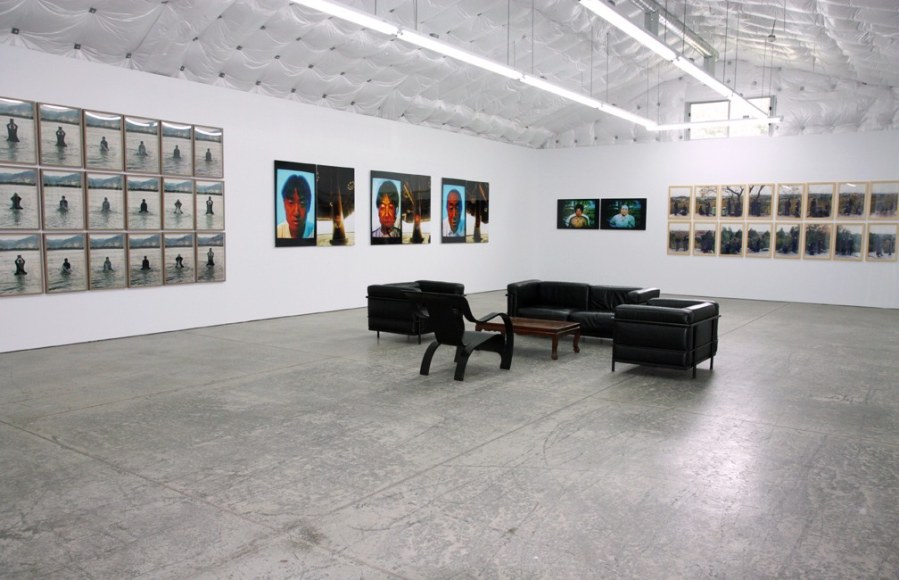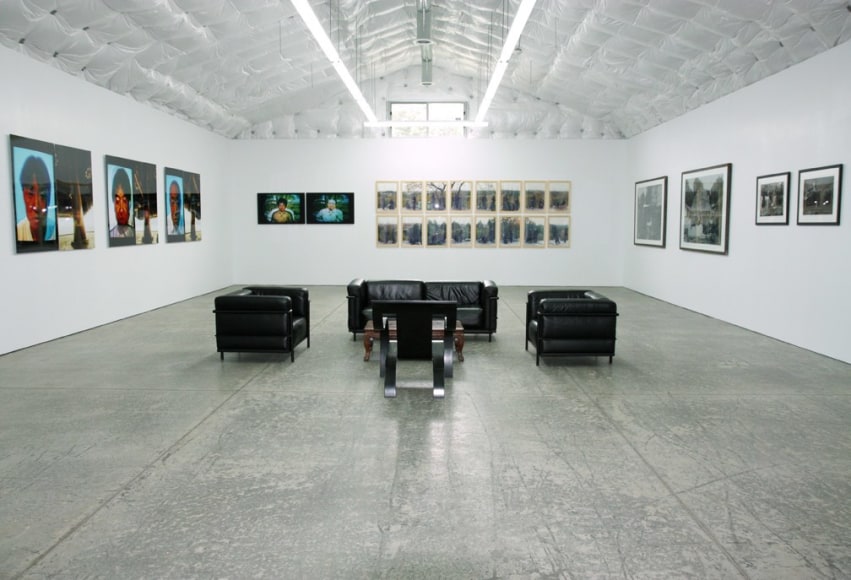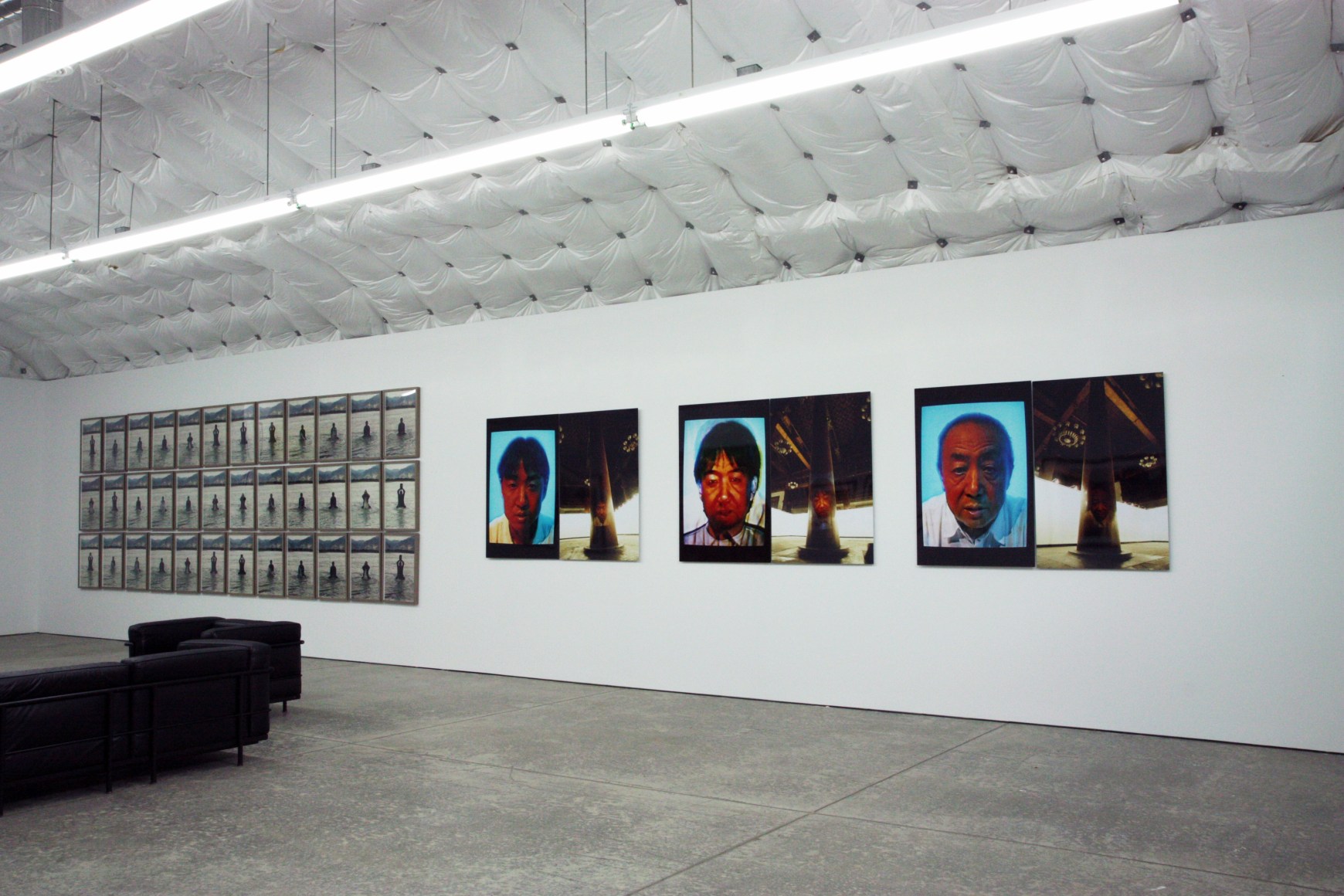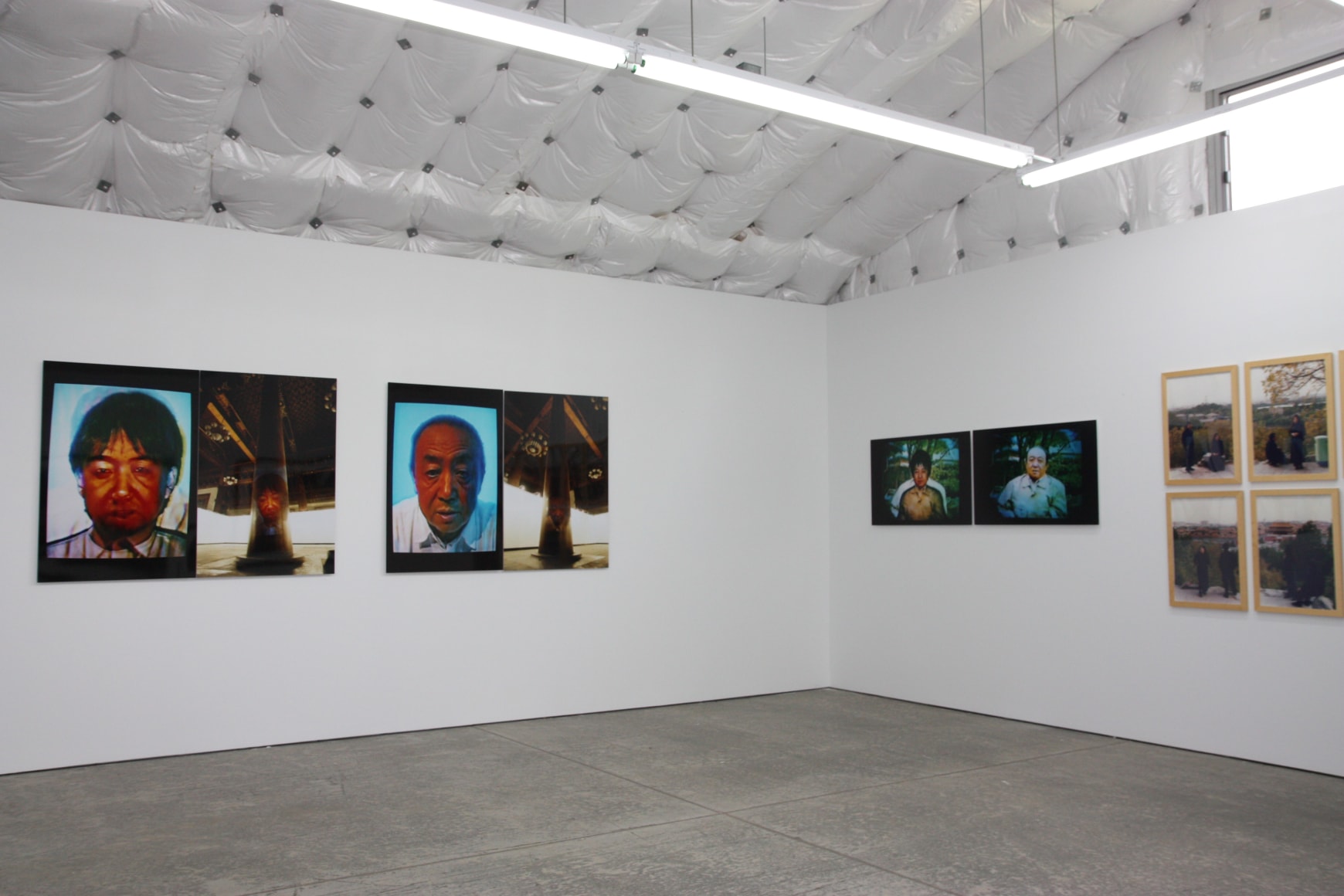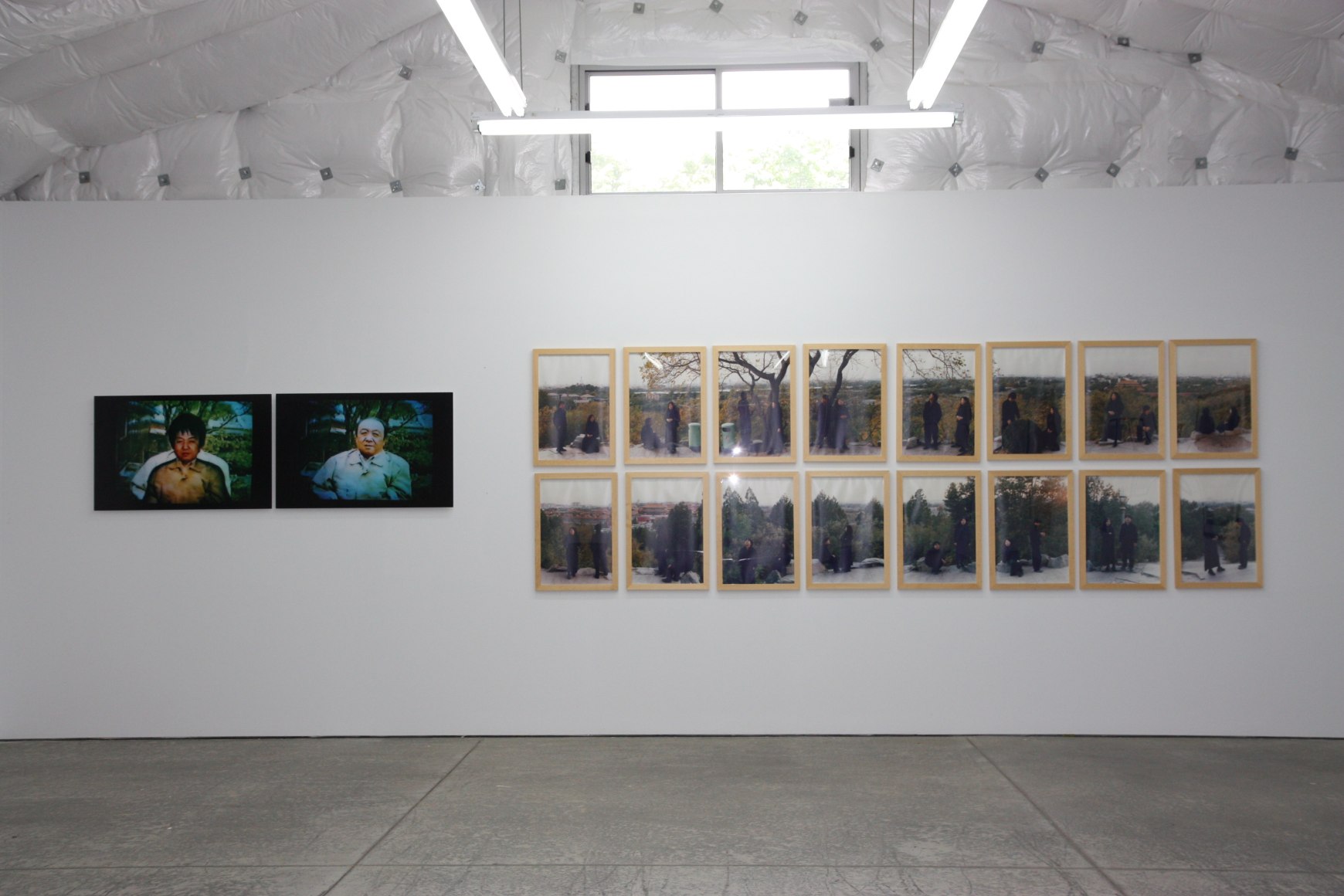Chambers Fine Art is pleased to announce the opening on June 16, 2009 of Song Dong and Rong Rong. Focusing on works of the 1990s when both artists were working in Beijing although following widely different paths, the exhibition contrasts their response to the rapidly changing urban environment in which they struggled to make their presence felt and the role of photography in their artistic practice.
Song Dong who was born in Beijing is five years older than Rong Rong who moved there from Fujian province in 1992. Song Dong’s varied activities in the 1990s encompassed a wide range of conceptual activities including performance, video and photography but there is always a strong personal element in whatever he does, whether the references are to his father, mother or wife – the artist Yin Xiuzhen – or to his existence as a living, sentient being. Nowhere is this more striking than in the celebrated two-part project Breathing I and II, 1996 in which the focus of attention was his breath while he lay down in the middle of Tiananmen Square and the frozen Back Sea in Beijing in the middle of winter. In Father and Son (1) and Father and Son in the Ancestral Temple, both of 1997-98, Song Dong explored his relationship with his father by means of projecting one image on top of another. In the latter by choosing as his setting the grandiose and symbol-laden setting of the Ancestral Temple, Song Dong emphasized the crucial role of family ties in Chinese culture.
Rong Rong arrived from Fujian province in 1992, already committed to photography as his primary means of expression. Young and impoverished, he gravitated to a location known as the East Village that although desperately poor soon became known as one of the key locations for the creation of new art in China. From Rong Rong’s photographs of the young struggling artists and musicians who were later to achieve considerable fame, it is possible to form a very clear idea of the bohemian ambience that nurtured them so well. When he moved beyond the confines of the East Village to areas that were on the point of disappearing under the wrecker’s ball, it was the traces of what had been destroyed rather than the promise of the new that he chose to record with his camera.
During this formative period, Rong Rong and Song Dong were certainly aware of each other’s activities although as this comparison of groups of photographs taken at roughly the same time shows, their understanding of the potentials of photography were very different from each other. For Song Dong it was primarily a way of perpetuating his own carefully pondered and highly personal performances and installations while for Rong Rong the camera was an extension of his personality, a means of infusing his environment with his own deeply romantic sense of the evanescence of life.

